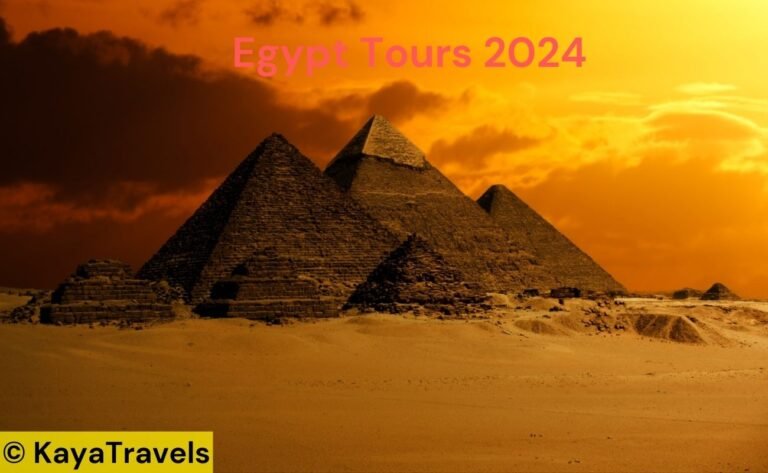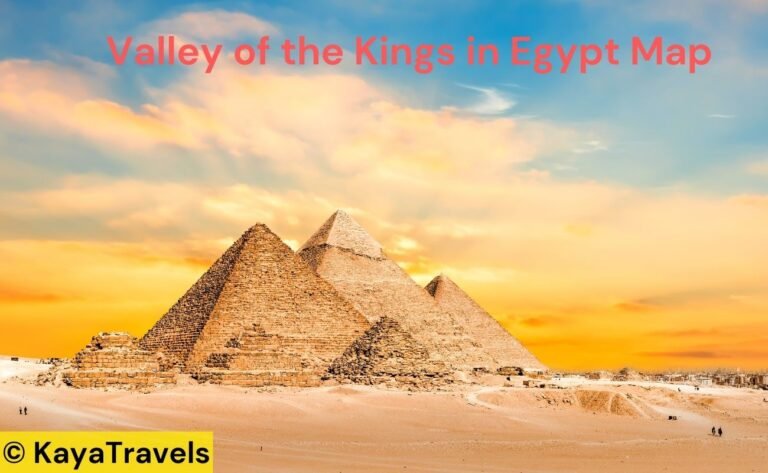Statues from ancient Egypt stand as silent witnesses to a world long gone, yet they continue to captivate us with their timeless beauty and enigmatic presence. The art of sculpture in Egypt dates back to a civilization that considered their stonework not merely as art but as a perpetual testament to their rulers, deities, and beliefs.
An exploration into Egyptian statues reveals a diverse range of forms, from the colossal figures that guard temple entrances to more miniature, more intimate statuettes intended for personal devotion or use in tombs.
Perhaps the most iconic of all these is the Great Sphinx of Giza, with a lion’s body and a human head, often believed to bear the likeness of Pharaoh Khafre.
In your discovery of Egyptian statues, you’ll find that these works are not only masterpieces of artistic expression but also carry significant historical and cultural importance. The techniques and styles evolved over the millennia, reflecting shifts in religious and societal norms.
Still, the skill and precision of the ancient sculptors remain as impressive today as they must have been to their contemporaries.
History and Significance of Egyptian Statuary
Egyptian sculpture serves as a vital link to understanding the ancient Egyptians’ complex religious beliefs, social hierarchy, and artistic achievements. These enduring works range from colossal monuments to intricate small-scale figures, each telling a unique story of the past.
Evolution from the Old Kingdom to the Late Period
Egyptian statuary evolved significantly from the Old Kingdom to the Late Period. During the Old Kingdom, monumental sculptures such as the Great Sphinx and the statue of King Khafre embodied the divine and eternal nature of pharaonic power.
The Middle Kingdom saw a more refined style, with statues like those from the 12th Dynasty establishing standards in proportion and formality. In the New Kingdom, representation became even more ambitious, featuring figures like Ramesses II in grandiose temple settings.
By the Late Period, the art maintained traditional conventions. Still, it allowed for more personal features and ethnic varieties, revealing a pluralistic society that continued to honor its gods and rulers through these timeless forms.
Iconography and Symbolism
The iconography and symbolism in Egyptian sculpture were deeply rooted in the culture’s intricate beliefs. Deities like Isis, Horus, and Osiris became common subjects in statuary, symbolizing aspects of life and the afterlife.
For example, the Ankh symbolizes life and was often held by gods in statues, reflecting their life-giving power. Scribal statues might feature hieroglyphs that relate myths, honour the deceased, or spell out spells from the Book of the Dead.
Each statue’s pose, attire, and inscriptions had specific meanings, often linked to the roles of the depicted figures in society, the cult, or the celestial realm.
Royal and Divine Representations
Royal and divine representations in Egyptian sculpture were crafted to emphasize the pharaoh’s status as both ruler and divine intermediary. Statues of pharaohs were not mere portraits but idealized representations that conveyed eternal strength and youth.
For instance, the female pharaoh Hatshepsut is depicted with many traditional male attributes, underscoring her legitimacy and divine right to rule.
Pharaonic statues were also central in ritual practices within temples, as they housed the ka, one of the soul’s components that required sustenance even after death.
Such statues were often placed in the inner sanctums of temples or within tombs, crafted with materials believed to ensure their immortality, and positioned to interact with the sun god Ra as part of the daily rebirth and renewal themes prevalent in Egypt’s religion.
Conservation, Study, and Global Influence
In the realm of Egypt’s ancient wonders, the conservation of iconic monuments, the study of their historical contexts, and their widespread influence on global culture remain crucial.
These endeavors ensure that treasures like the Great Sphinx of Giza and the Great Pyramid continue to inspire awe and scholarly inquiry worldwide.
Threats and Preservation Efforts
Erosion and sand take a toll on Egypt’s ancient statues, gradually causing them to deteriorate. The wind and rising water table contribute to the damage, leading to increased groundwater levels that can weaken foundations.
Notably, the base of the Great Sphinx faces such threats. Preservation efforts are critical in combating these natural forces, with initiatives including covering the base with stones to protect against wind-blown sand and installing drainage systems to manage groundwater levels.
- 2 Key Preservation Initiatives:
- Stones are used to shield the Sphinx from erosive sands.
- Implementation of drainage systems to control groundwater impact.
Scholars and Egyptologists from institutions like the British Museum and the Smithsonian engage in ongoing research to develop and apply these conservation techniques.
Scholarship and Egyptology
The study of Egypt’s rich past is spearheaded by renowned figures such as Thomas Young and Auguste Mariette, who helped establish the field of Egyptology. Discoveries of pharaohs, such as Thutmose IV and Amenhotep III, have led to numerous publications exploring their legacies.
- Important Contributions:
- Thomas Young: Deciphered the Rosetta Stone’s demotic script.
- Auguste Mariette: Founding father of the Egyptian Museum in Cairo.
Publications and academic papers provide insights into the techniques used by both ancient artisans and modern conservationists, mirroring the work done by institutions like the Smithsonian.
Egyptian Statues Worldwide
The allure of Egyptian statues has extended far beyond their homeland, with replicas and originals found in museums around the globe. Napoleon‘s fascination led to Egyptian collections in the Louvre, and the British Museum boasts a vast array of artifacts.
- Global Institutions with Egyptian Collections:
- The Louvre in France expanded due to Napoleon’s campaigns.
- London’s British Museum, which houses a significant number of Egyptian relics.
French archaeologists and other international experts continue to collaborate with Egypt to ensure that the shared heritage is both respected and appreciated, promoting cultural understanding through Egyptian art.






